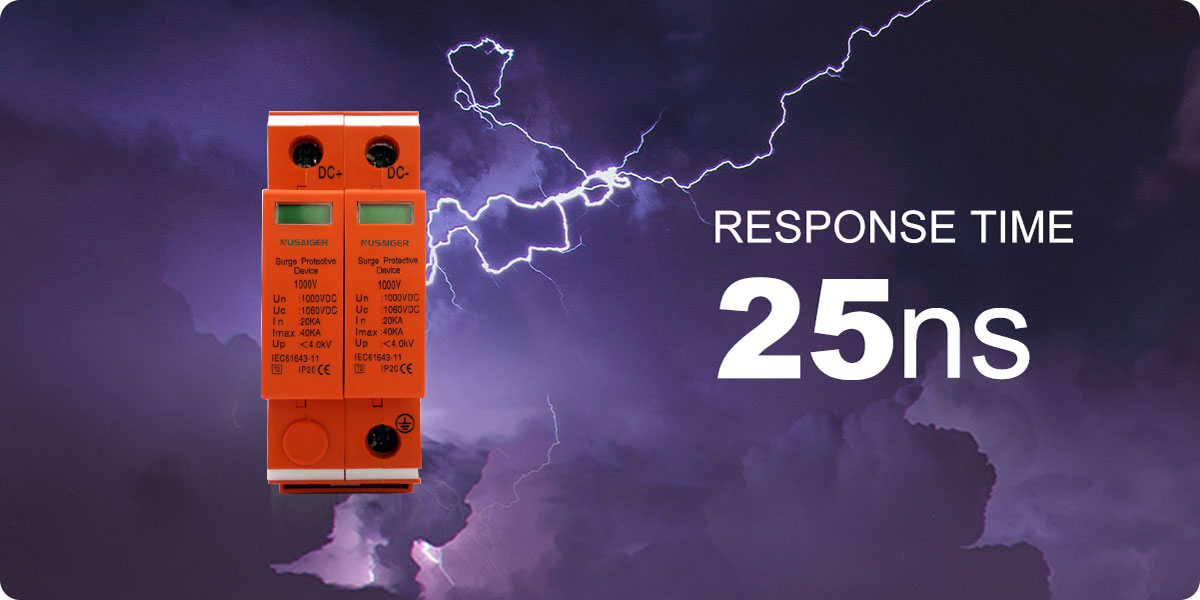Understanding the Importance of Surge Protective Devices in Modern Electrical Systems
In today’s increasingly electrified world, the stability and safety of electrical infrastructure are paramount. One key element in achieving this is the use of Surge Protective Devices (SPDs). These devices are engineered to shield electrical systems and connected equipment from transient overvoltages, commonly known as surges.
What Causes Power Surges?
Surges can be caused by various factors such as lightning strikes, power outages, switching operations in the power grid, or faulty equipment. Even minor voltage fluctuations can deteriorate or damage sensitive electronics over time. That’s why having an SPD is no longer optional—it’s a necessity.
How SPDs Work
SPDs function by detecting excess voltage and diverting the surge current away from protected loads, usually to the ground. They use components such as Metal Oxide Varistors (MOVs), gas discharge tubes, or silicon avalanche diodes to handle the surge and respond within nanoseconds.
Benefits of Installing SPDs
- Protects expensive appliances and electronic devices
- Reduces downtime in industrial and commercial facilities
- Enhances system lifespan and operational reliability
- Prevents fire hazards caused by electrical surges
Choosing the Right SPD
When selecting an SPD, consider the following:
- Nominal voltage and max continuous operating voltage (MCOV)
- Surge capacity rating (kA)
- Response time
- Installation type (Type 1, Type 2, or Type 3)
Conclusion
Investing in a high-quality SPD is one of the smartest decisions you can make to protect your electrical infrastructure. Whether you’re securing your home, office, or industrial system, a surge protective device offers peace of mind and cost-effective protection against unpredictable voltage events.



